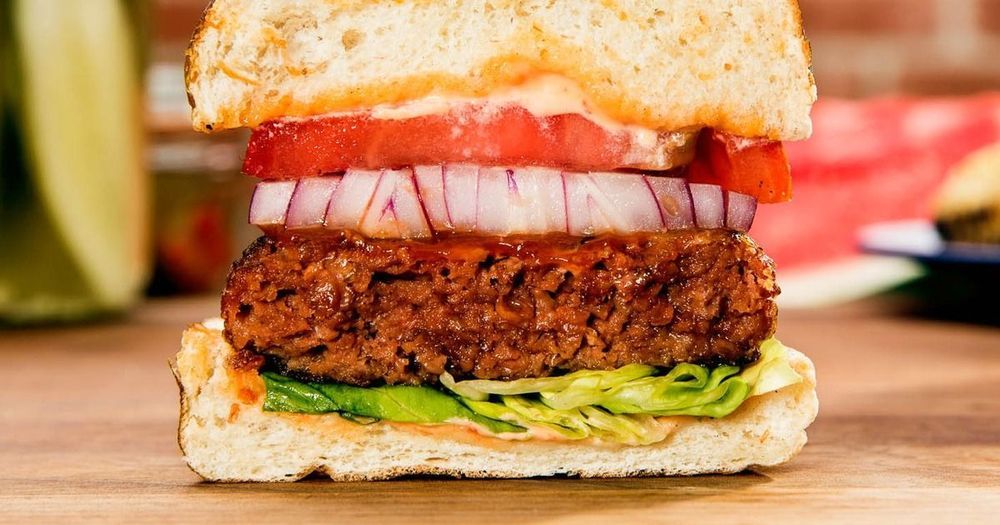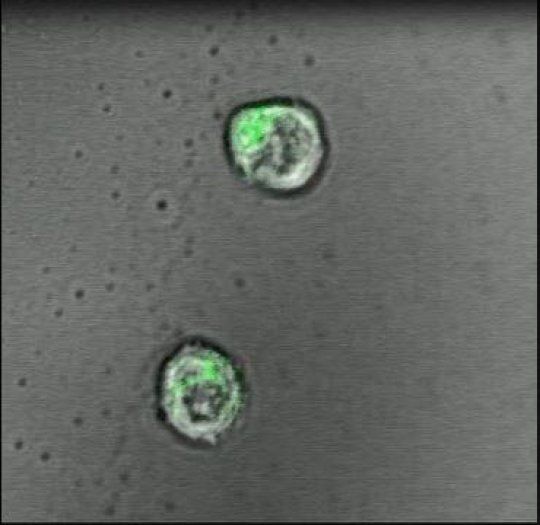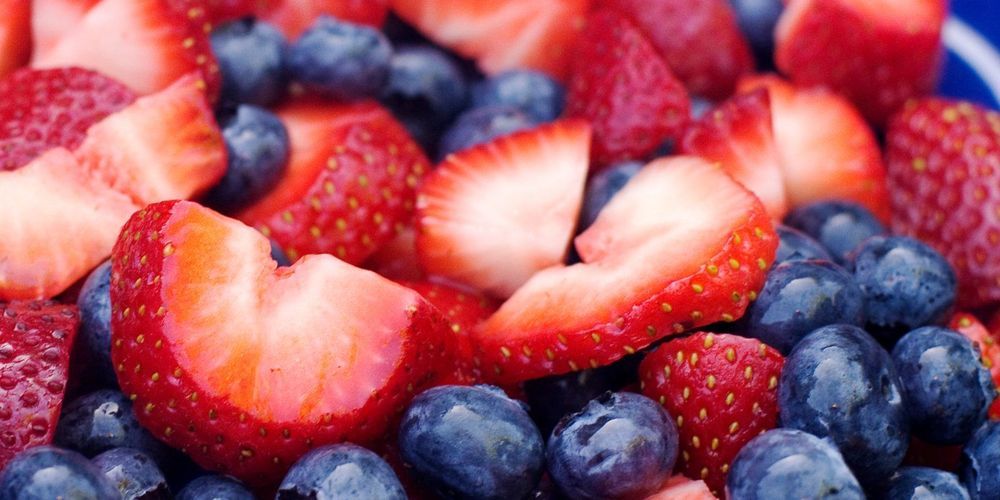I’m used to the shaming look I get from my peers when I crack open a can of sugar-free Red Bull. The questions – and judgement – never end. “That stuff’ll kill you,” someone said to me the other day, shaking his head. “So many chemicals!” was what I heard last week.
Truth be told, Red Bull (at least the sugar-free kind) isn’t all that terrible for you. Besides having only 10 calories and no sugar, it has only 80 milligrams of caffeine, about a third of the amount in a tall Starbucks drip coffee.
As far as its other ingredients – namely B vitamins and taurine – go, scientific studies have found both to be safe.









